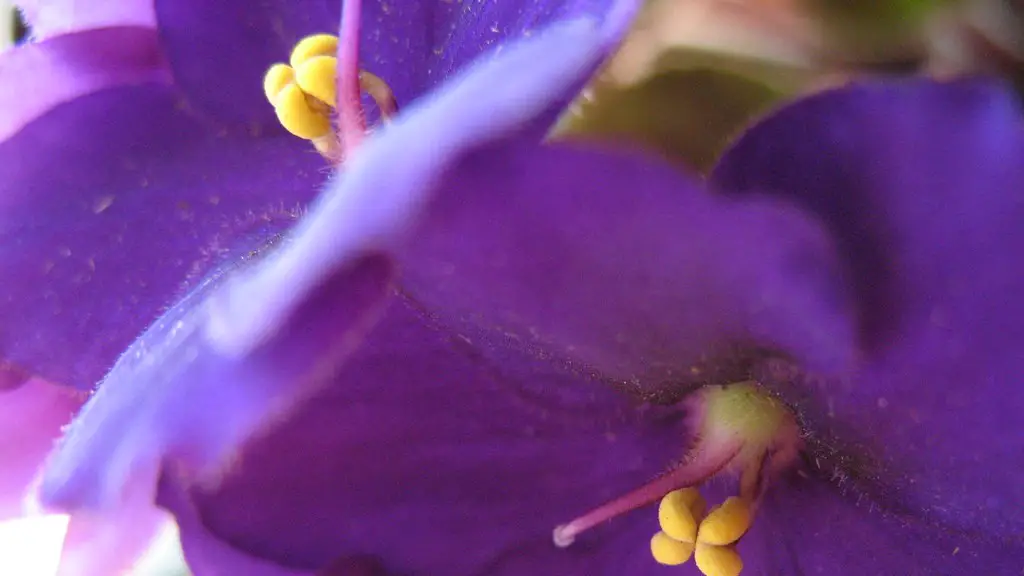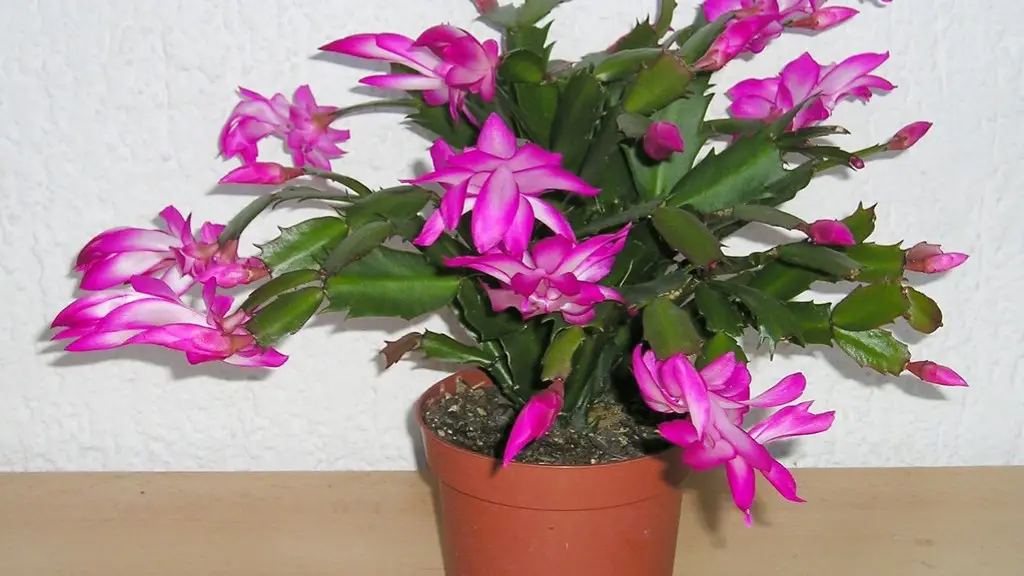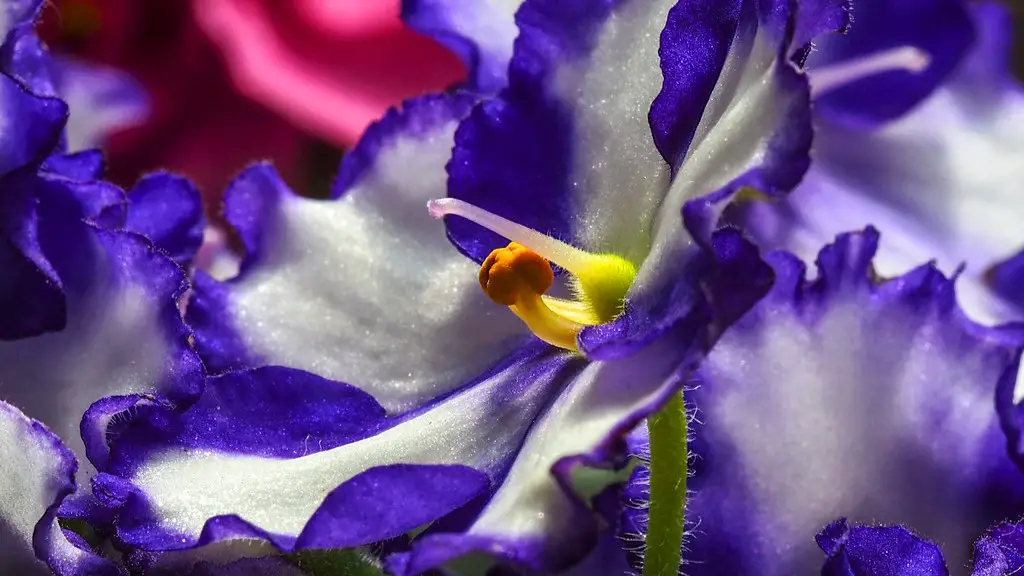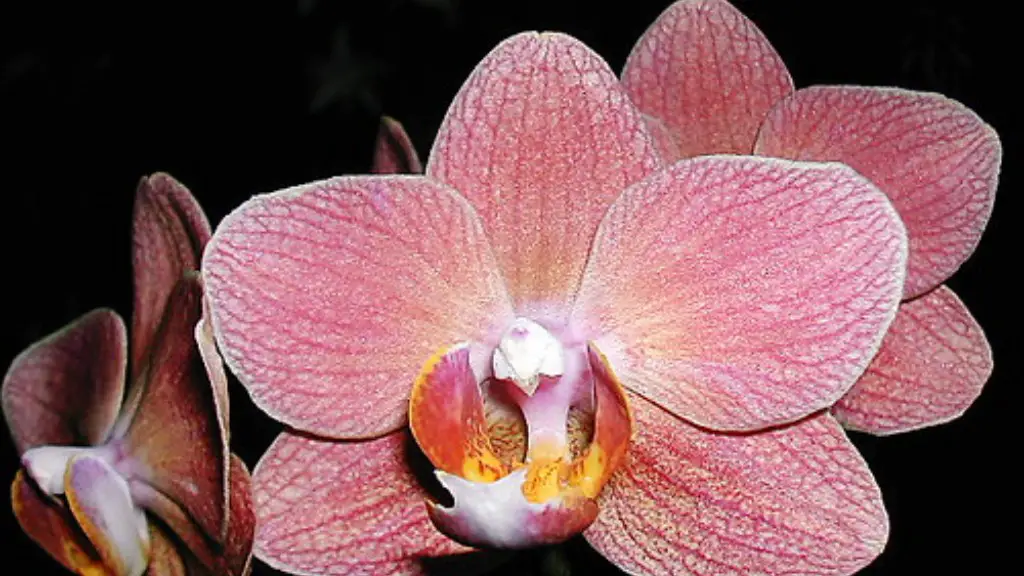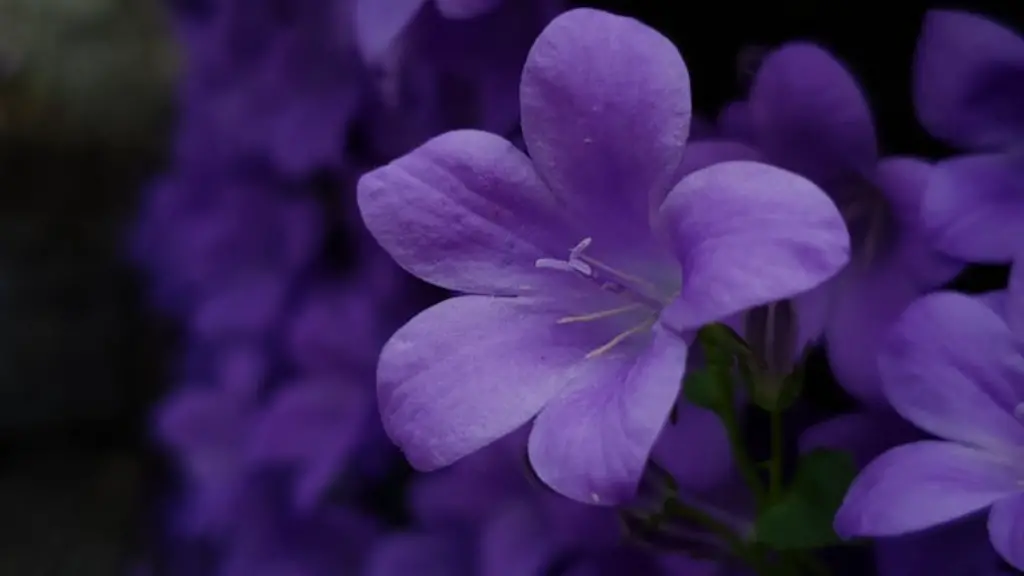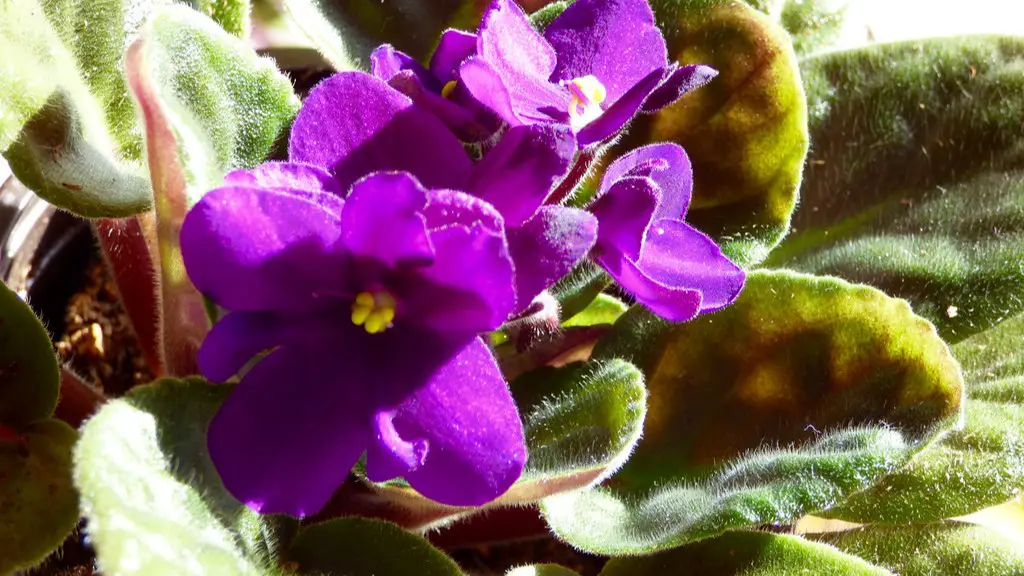African violets are a beautiful and popular houseplant. They are fairly easy to care for, and with a little attention, they will bloom continually. Here are some tips on how to care for African violets:
-Place your African violet in a location where it will receive indirect sunlight. too much direct sun will scorch the leaves, and too little light will cause the plant to become leggy.
-Water your African violet when the soil is dry to the touch. Be careful not to overwater, as this can cause the leaves to yellow and the roots to rot.
-Use a fertilizer designed for African violets. Apply the fertilizer according to the directions on the package.
– African violets need to be “potted up” (moved to a larger pot) every year or two. When you pot up your African violet, be sure to use a pot that is only slightly larger than the current one.
With proper care, African violets will thrive and provide you with beautiful blooms for many years to come.
To care for African violets, water them regularly, fertilize them with a light hand, and protect them from drafts and direct sunlight.
How often do you water an African violet?
A wicking system is a great way to make sure your African violets are never over watered. By only watering once a week and allowing the plant to completely dry between waterings, you can be sure that your plants will stay healthy and happy.
When growing plants indoors, it is best to place them in bright, indirect light. A plant stand three feet away from a west- or south-facing window is an ideal location. Plants will still grow when situated right beside north- or east-facing windows, but leaves will be thin and spindly, and plants less likely to bloom.
Should African violets be watered from the top or bottom
It is best to water African violets from the bottom, using lukewarm or warm water. This helps to avoid leaf spots, which can occur if the leaves get wet when the plant is in the sun.
African violets need to be repotted about every two years to keep them healthy and blooming. However, you may need to repot more often if your plant becomes rootbound. Signs that your plant is rootbound include slowed growth, fewer blooms, and leaves that yellow or wilt easily. If you’re not sure whether your plant needs to be repotted, check the roots. If they’re tightly packed and circling the pot, it’s time for a new one. Choose a pot that’s only an inch or two wider than the current one. Be sure to use fresh potting mix and water well after repotting.
Can you use tap water for African violets?
If you’re not sure about the quality of your tap water, it’s best to err on the side of caution and use filtered or distilled water for your African violets. Chlorine, chloramines, and dissolved solids can all be harmful to these delicate plants, so it’s best to avoid them if possible.
Water your African violet carefully to avoid leaf spotting and crown rot. Use room temperature water and mist the foliage rather than watering from the top. Be sure the crown of the plant stays dry to prevent rot.
Do African violets need bigger pots?
African violets need to be slightly pot-bound in order to thrive. This means that you should choose a pot that’s on the smaller side. A professional tip is to use a pot that’s 3-4 inches in diameter if you have a standard African violet plant.
It’s not a good idea to brush the leaves of african violets because it can make the plant less healthy and smaller.
Do African violets like to be watered from the bottom
African violets are one of the most popular houseplants and are known for their beautiful flowers. They are also very easy to care for, and one of the best ways to water them is from the bottom up. Place your plant in a shallow tray of water for 30 minutes, allowing the soil to soak up the water through the drainage holes at the bottom of the pot. This method will help to prevent overwatering, which can be a problem with African violets.
To get your African Violet to bloom again, you need to provide the right growing conditions. Here are eight ways to do that:
1. Let there be light. African Violets need bright, indirect light to bloom well. If your plant is not getting enough light, it may produce flowers that are small and pale.
2. Turn up the humidity. African Violets like humid conditions. If the air in your home is dry, your plant may stop blooming.
3. Replenish essential nutrients. African Violets need a balance of nutrients to bloom well. If your plant is not getting enough of certain nutrients, it may stop blooming.
4. Keep it pleasant. African Violets prefer a temperature of around 70 degrees Fahrenheit. If the temperature is too hot or too cold, your plant may stop blooming.
5. Choose the right soil. African Violets need a light, well-draining soil. If the soil is too heavy or too dense, your plant may stop blooming.
6. Protect from pests and disease. African Violets are susceptible to pests and disease. If your plant is infested or infected, it may stop blooming.
What kind of pots do African violets like?
If you’re looking to pot your African violets, terra cotta is the way to go! The porous material allows for better root breathing and prevents the soil from staying too wet. Keep in mind that African violet roots don’t go very deep–they actually prefer to spread out sideways. So make sure you’re using a shallow pot with adequate drainage holes. That way you can water from underneath without any risk of root rot.
If you want your African Violet to stay healthy throughout the year, you need to fertilize it during the spring and summer. During these seasons, you should fertilize your African Violet once every 14 days. However, in the fall and winter, you should not fertilize the plant at all to prevent over-fertilizing.
What is so special about African violets
African violets are popular houseplants because they are easy to care for and produce continuous blooms throughout the year. These beautiful plants thrive in comfortable indoor temperatures, making them a perfect addition to any home.
If you want your African Violet to thrive, it’s important to repot it with fresh potting soil at least twice a year, or more if needed. If the plant becomes rootbound (ie, the roots are growing out and around the rootball), repotting is a must. With proper care, your African Violet will bloom beautifully for years to come!
Can I use regular potting soil for African violets?
African violets prefer slightly acidic conditions, between 58 to 65 pH. In conventional soil, your plant won’t be able to efficiently absorb nutrients. Generally, peat moss is used to lower the pH in African violet potting soil.
Make sure the water you give your African violet is either tepid or at room temperature. It’s best to let the water sit for 24-48 hours, but if you can’t, then let it stand for at least an hour.
Conclusion
African violets are a type of houseplant that is relatively easy to care for. They prefer bright, indirect sunlight and soil that is moist but not soggy. It is important to allow the soil to dry out somewhat between waterings. African violets also benefit from being fertilized every couple of weeks with a plant food that is high in phosphorus.
African violets are a type of houseplant that is popular for its colorful flowers. Despite their name, African violets are not native to Africa. They are native to Tanzania and Kenya. African violets are relatively easy to care for. They need bright, indirect sunlight and to be kept moist, but not wet. Over- watering can cause the leaves to yellow and the plant to rot. African violets can be fertilized with a special African violet fertilizer or with a general-purpose houseplant fertilizer.
